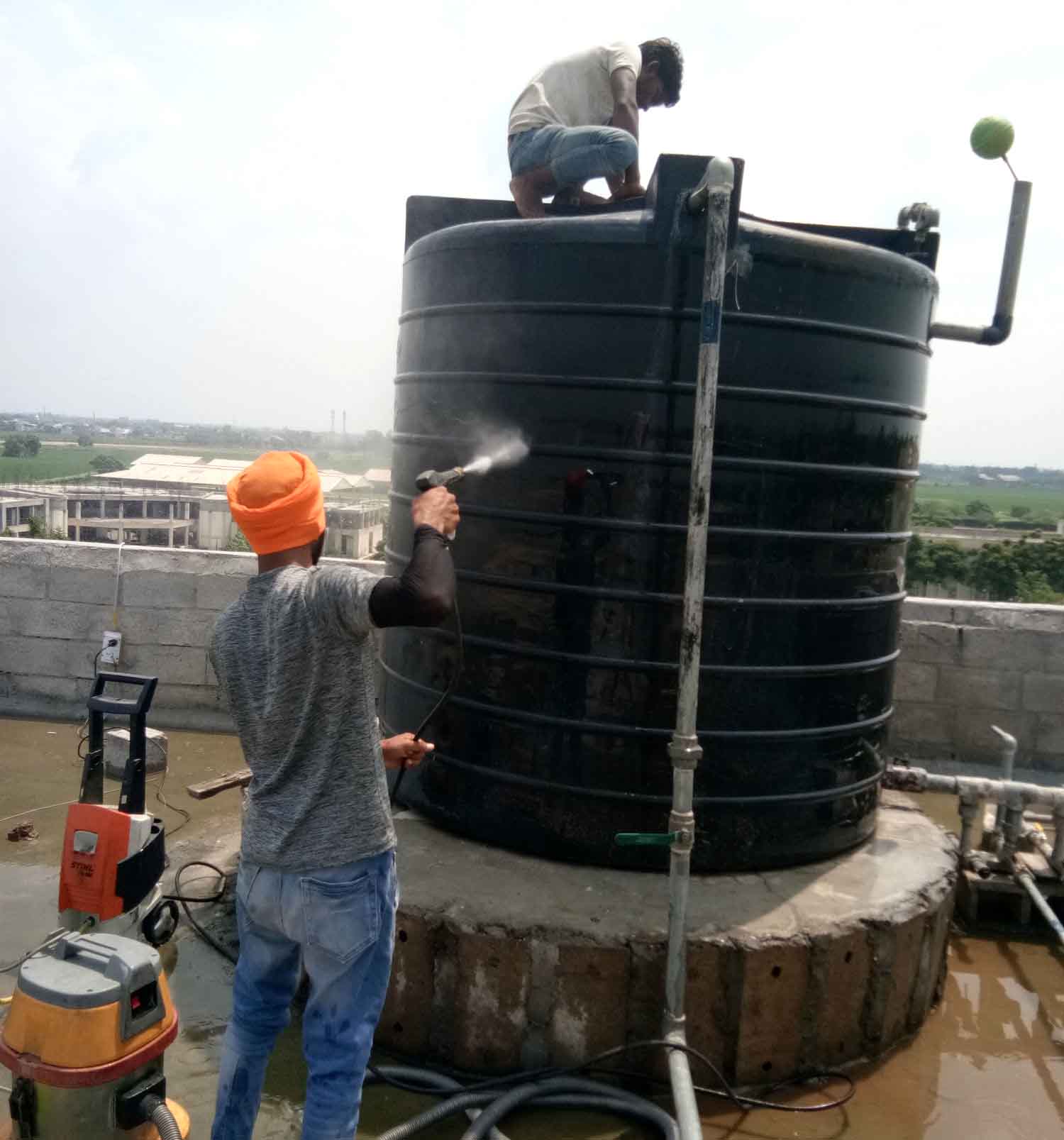From municipal reservoirs to industrial intakes and subsea pipelines, underwater infrastructure demands precise planning, rigorous safety, and specialized tools. When timelines are tight and water quality regulations are non-negotiable, partnering with the right team for Commercial Diving Services can be the difference between smooth operations and costly downtime.
What’s at Stake Below the Waterline
Hidden systems—reservoirs, intake towers, tanks, and transmission pipelines—age silently. Sediment accumulates, coatings deteriorate, and defects propagate in low-visibility environments. Addressing these challenges requires integrated capabilities that combine human expertise with robotic reach.
Core Specialties That Keep Systems Flowing
- Reservoir Cleaning Services: Remove sediment, biofilm, and debris without draining, reducing turbidity and maintaining storage capacity while minimizing service interruptions.
- Reservoir Inspection Services: Document structural integrity, liner conditions, and penetrations; verify cathodic protection and identify leakage pathways before small issues escalate.
- ROV Inspection Services: Deploy remotely operated vehicles to access confined or hazardous areas, capturing high-definition video, sonar mapping, and measurements with zero dive exposure.
- Pipe Inspection Services: Assess transmission mains, outfalls, and intake lines with tandem diver/ROV methods, non-destructive testing, and geo-referenced defect logs to guide targeted repairs.
- Commercial Diving Contractor: Certified teams execute repairs, installations, and emergency response under strict safety programs, QA/QC documentation, and environmental controls.
Results That Matter
Top-tier underwater work translates into measurable operational gains:
- Reduced turbidity and improved water quality compliance
- Extended asset life through early detection of defects
- Minimal downtime via in-service cleaning and inspection
- Defensible records for regulators and insurers
How to Choose the Right Partner
- Verify credentials: ADCI/IMCA-aligned safety programs, dive logs, and certified supervisors.
- Demand data quality: sample reporting, sonar mosaics, NDT methods, and GIS-ready deliverables.
- Assess tooling range: from hydraulic tooling and habitat systems to advanced ROV sensor suites.
- Check track record: relevant references for reservoirs, intakes, and long-run pipelines.
- Confirm contingency planning: emergency response, redundancy, and environmental controls.
Integrated Methods for Complex Work
Blending diver skill with robotics enables thorough coverage and safer operations. Divers handle tactile tasks—valve work, patching, fittings—while ROVs extend reach for long pipelines, low-visibility reservoirs, and deep or confined environments. This hybrid model delivers comprehensive inspections and precise interventions with minimal risk.
Where These Services Deliver the Greatest Value
- Potable water and fire suppression reservoirs needing non-drain cleanings
- Intake structures requiring screen rehabilitation and debris management
- Aging pipelines needing condition assessments before lining or replacement
- Hydropower assets where outages carry major opportunity costs
- Industrial cooling and process water systems under strict uptime requirements
FAQs
How often should reservoirs be inspected and cleaned?
Inspection intervals typically range from annually to every three years, depending on water quality and regulatory requirements. Cleaning frequency follows inspection findings and turbidity trends—many sites align cleaning with seasonal loading or post-construction sediment events.
When should ROVs be used instead of divers?
ROVs excel in long pipeline runs, low-visibility reservoirs, confined spaces, and deep or contaminated environments. Divers are ideal for tactile tasks and complex repairs. Hybrid deployments often yield the best coverage and safety profile.
Can pipelines be inspected without service interruptions?
Yes. With proper isolation strategies, pigging alternatives, and ROV tooling, many Pipe Inspection Services can proceed while maintaining partial flow or during low-demand windows.
What deliverables should I expect from an inspection?
High-definition video, sonar maps, defect catalogues with locations and severity ratings, NDT results, and prioritized recommendations with budgetary repair options. For Reservoir Inspection Services, turbidity and sediment depth maps are common.
How do you prevent water quality impacts during cleaning?
Closed-loop filtration, careful turbidity control, and staged debris removal are standard. For Reservoir Cleaning Services, best practices include real-time monitoring, baffle management, and strict decontamination protocols.
The Bottom Line
Underwater infrastructure performs silently—until it doesn’t. Investing in expert ROV Inspection Services, hands-on repair by a qualified Commercial Diving Contractor, and proactive Pipe Inspection Services prevents failures, protects water quality, and maximizes asset life. Align safety, data quality, and operational continuity, and your sub-surface systems will support your mission for decades.


